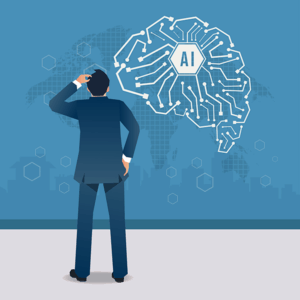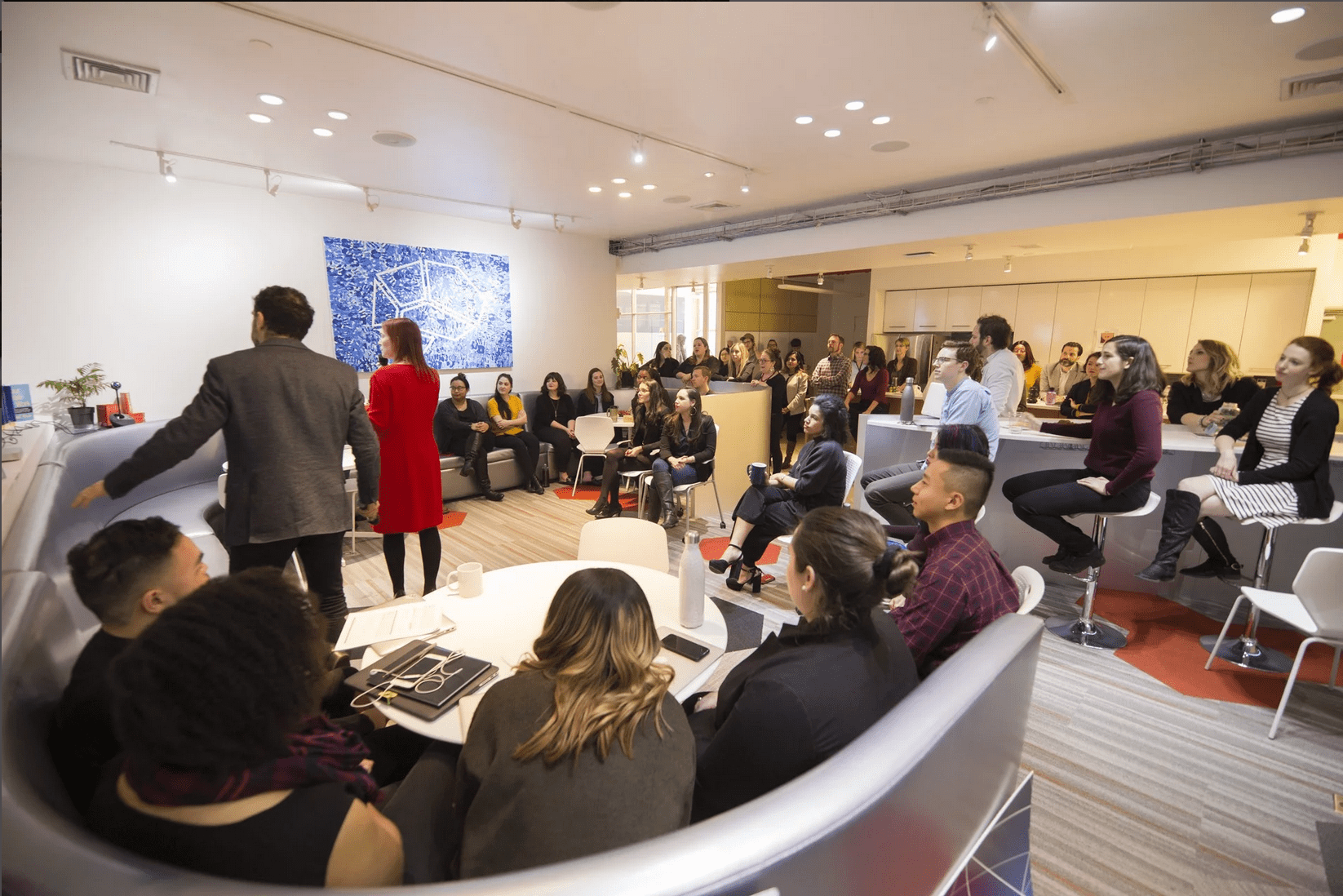If you weren’t among the 2,400 attendees at our virtual Summit this year, we missed you, but don’t sweat it. This week on Your Brain at Work, we revisit our most insightful sessions from our three-day annual conference—all in one episode. Our senior NLI team shares how to implement large scale change initiatives, how to create impactful and scalable virtual learning programs, why organizations should strive to be regenerative—not just restorative, how to develop the leaders of tomorrow, how to build a culture of allyship, among many other things.

AI
Is AI Costing Us the “Stuff of Thought”?
The rise of AI agents found in all corners of the workplace, including high-stakes conversations – where bots can sometimes represent as many as half the expected group – is





